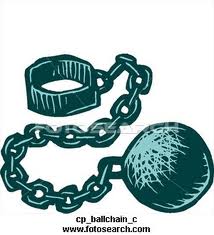The Unbearable Lightness of Being (1984), by Milan Kundera, is a philosophical novel about two men, two women, a dog, and their lives in the Prague Spring of the Czechoslovak Communist period in 1968. Although written in 1982, the novel was not published until two years later, in France. The Czech: Nesnesitelná lehkost bytí andFrench: l'Insoutenable légèreté de l'être titles are more common worldwide.  Philosophical underpinnings
Philosophical underpinningsChallenging Friedrich Nietzsche’s concept of eternal recurrence (the idea that the universe and its events have already occurred and will recur ad infinitum), the story’s thematic meditations posit the alternative; that each person has only one life to live, and that which occurs in life occurs only once and never again — thus the “lightness” of being. In contrast, the concept of eternal recurrence imposes a “heaviness” on our lives and on the decisions we make (to borrow from Nietzsche's metaphor, it gives them "weight"). Nietzsche believed this heaviness could be either a tremendous burden or great benefit depending on the individual's perspective. The German expression Einmal ist keinmal encapsulates “lightness,” the concept of which is well expressed in the quote: “what happens but once, might as well not have happened at all. If we have only one life to live, we might as well not have lived at all.” Following this logic, life is insignificant, and decisions do not matter, and are thus rendered light, because they do not cause personal suffering. Yet the insignificance of decisions — our being — causes us great suffering, perceived as the unbearable lightness of being consequent to one’s awareness of life occurring once and never again; thus no one person’s actions are universally significant. This insignificance is existentially unbearable when it is considered that people want their lives to have transcendent meaning.
The "unbearable lightness" in the title also refers to the lightness of love and sex, which are themes of the novel. Kundera portrays love as fleeting, haphazard and perhaps based on endless strings of coincidences, despite holding such significance for humans.























